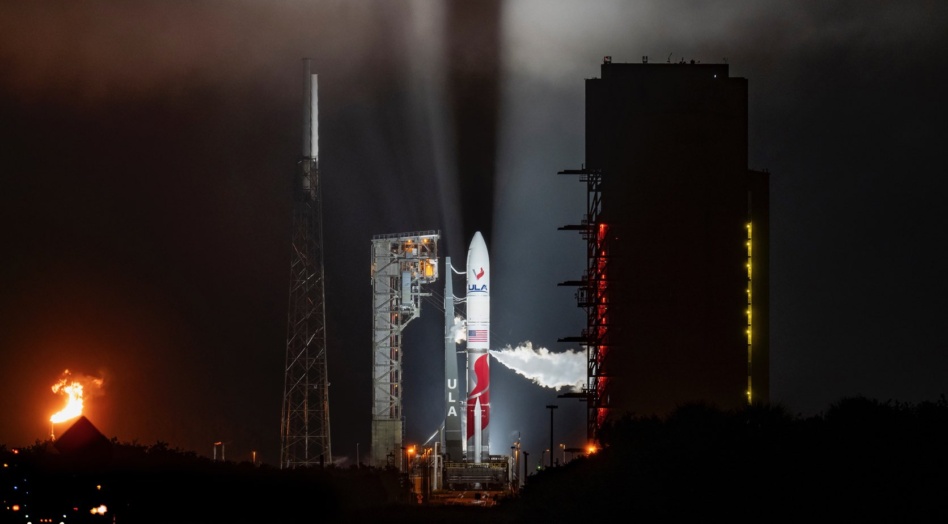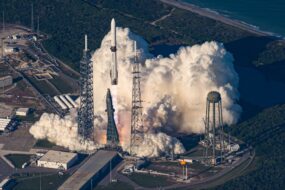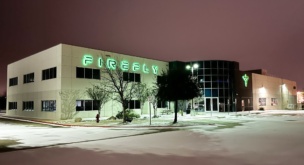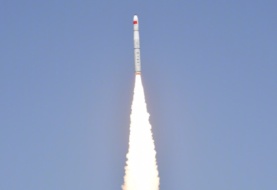The wait is almost over—ULA’s Vulcan Centaur rocket is less than 24 hours away from trying to prove it’s got the right stuff to launch the nation’s big-ticket military payloads.
The rocket completed its wet dress rehearsal on Tuesday and now sits on the launch pad at KSC in preparation for launch early Friday morning.
The mission: Vulcan’s second certification flight will last 34 minutes, with the sole objective of proving the rocket can handle US military payloads.
The mission was supposed to fly Sierra Space’s Dream Chaser space plane, but delays at Sierra Space—and pressure from the US military to certify Vulcan—forced ULA to push ahead without its cargo. The launch giant will instead fly a mass simulator and other internal instruments to gather more data throughout the flight.
“We had other customers that wanted to be on Cert-2 if we weren’t going to be able to fly Dream Chaser, but we waited so long that we couldn’t really get those integrated in time either. That’s how interested we were in the Dream Chaser mission,” ULA CEO Tory Bruno told reporters at a media roundtable on Wednesday.
As a result, ULA will eat the entire cost of the second certification flight, which runs in the high tens of million of dollars, according to Bruno.
The investment: The Cert-2 mission is the culmination of billions invested to increase ULA’s launch tempo and compete with the likes of SpaceX.
According to Bruno, the company has spent between $5-7B to develop the Vulcan rocket and over $1B on infrastructure improvements to ensure it can hit the skies running in 2025 and beyond. These infrastructure improvements include:
- An additional 600,000 sq ft of factory space in Decatur, AL
- Construction of a second vertical integration facility at KSC
- Conversion of its launch site at Vandenberg Air Force Base to handle Vulcan launches
- Production of a transportation ship—aptly named the SpaceShip, expected to be finished in 2026
What’s next: If the Cert-2 mission is successful, it will open the door for ULA to launch for both military and commercial customers. Barring an anomaly, the company is expected to fly two US national security payloads before the end of the year and it’s targeting as many as 20 launches in 2025—about half of which will be on the Vulcan rocket, according to Bruno.
The total manifest for 2025 includes a mission for the Amazon Kuiper constellation on an Atlas V rocket early in the year and space to fly the Dream Chaser whenever Sierra Space is ready.
Always the optimist, if the mission doesn’t go well, Bruno is prepared to fly, fly again.
“I’m pretty darn confident I’m going to have a good day on Friday. Knock on wood,” Bruno said. “Having said that, what if I don’t?… If that were the case, then we’d fly again.”




